LASER CUTTING
This assignment consisted in creating a complex shape and prepare the file to use the laser cutting method. Our shape is based on “The Bean” of Anish Kapoor in Chicago. After modeling the basic solid in Rhino, we used a plug-in from Grasshopper to generate the waffle structure and extract the different pieces.
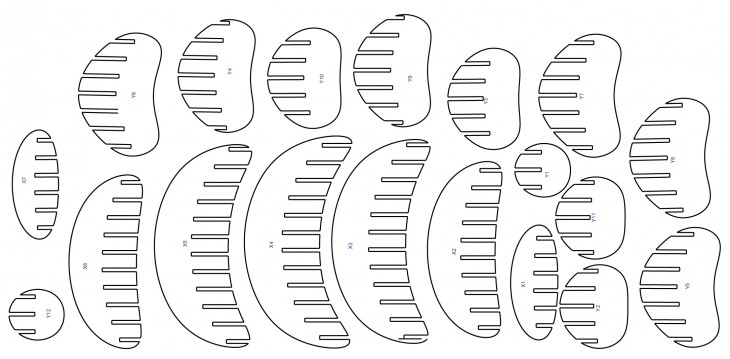
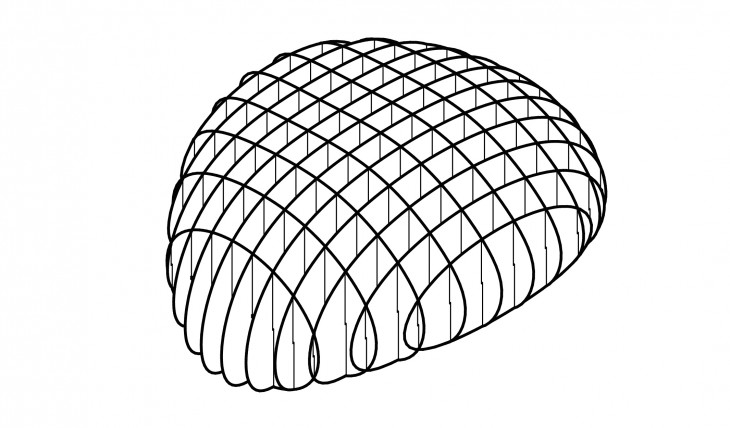 The spacing of the different pieces were fixed according to the material thickness of three millimeters. Two different layers were used for the file: the cutting layer for the different pieces and the scoring layer for texts. After cutting the different pieces we assembled our model according to our initial shape.
The spacing of the different pieces were fixed according to the material thickness of three millimeters. Two different layers were used for the file: the cutting layer for the different pieces and the scoring layer for texts. After cutting the different pieces we assembled our model according to our initial shape.
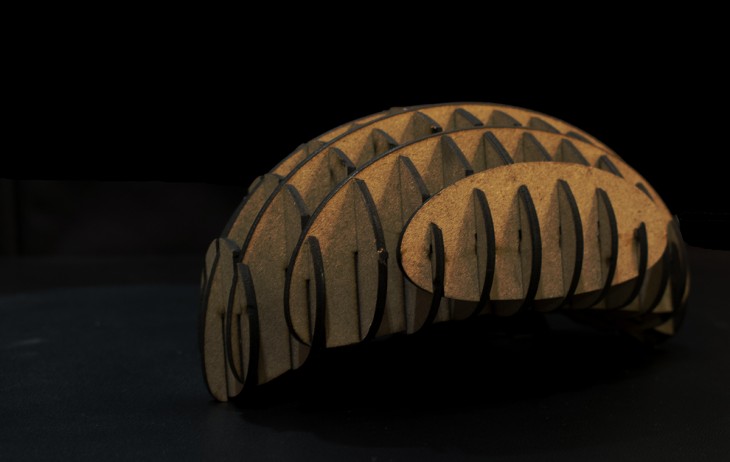
MILLING
The design of the box was thought from the capabilities and restrictions of the CNC Milling machine. We experimented with the finger joints to put together the different wooden pieces. The machine’s clear distinction is the fact that it allows cutting in three axes, on the contrary of the laser cutting used on the previous assignment which cuts in only two.

We tried to use a variety of shapes and ended up with a curved and straight surfaces in order to explore the machine’s potential. We also have engraved “MaCT” on one of the surfaces and defined paths all along the letters.
3D PRINTING
For this project’s design, we used a 3D printing machine. We had different constraints related to the size and volume of the object to be printed. The volume had to be a maximum of 70,000 millimeter cube to optimize the printing time. We first designed a half sphered cup that failed because the surface had an offset defining the volume intersecting on the bottom of the surface itself; therefore the 3D printer left an unintended hole on the intersection.
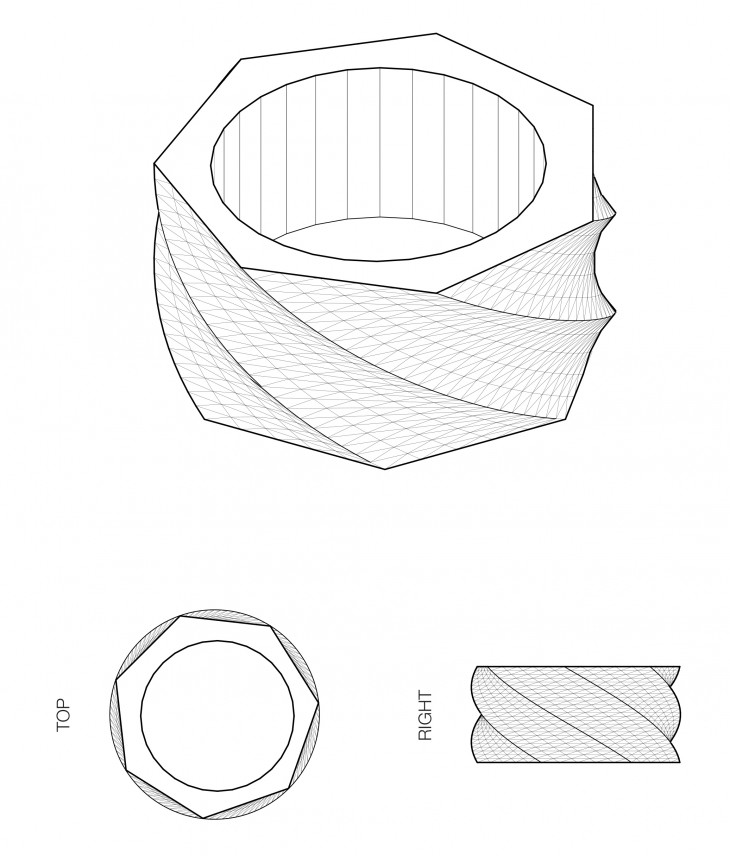
Then, we created twisted surfaces to accommodate it more to a successful printing. We used Grasshopper for modeling and then the file was exported the to the Cura software in order to simulate the 3d printing process.
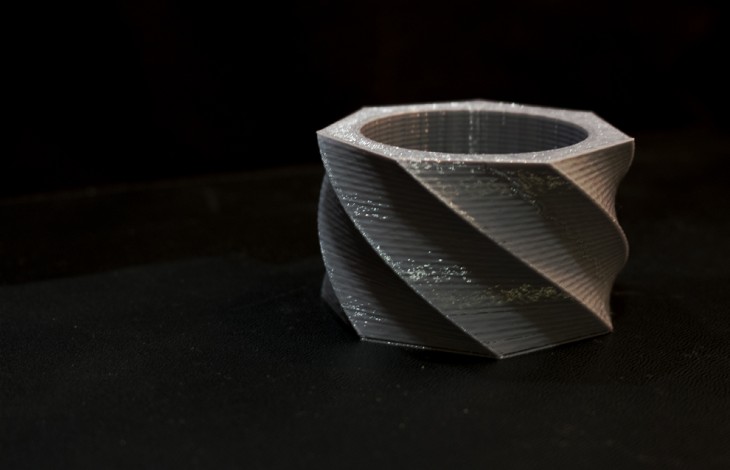
Exploring Digital Fabrication is a project of IaaC, Institute for Advanced Architecture of Catalonia developed at Master in City and Technology in 2016 by:
Students: Mayra López, Seda Tugutlu and Sherine Zein
Faculty: Djordje Stanojevic and Ricardo Valbuena